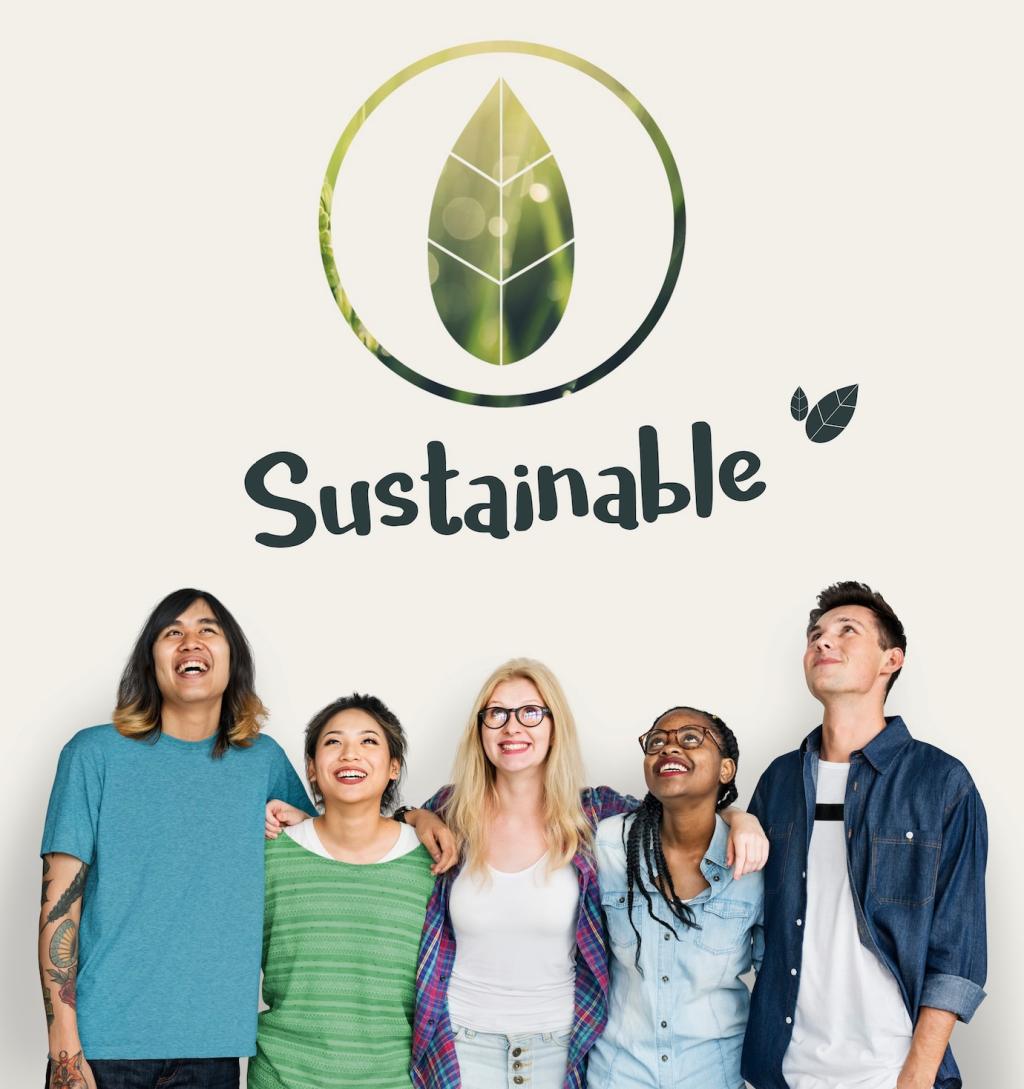Designing for Longevity and Safety
Select proven modules with strong warranties and inverters known for dependable uptime. Match racking to your site—ballasted for rooftops, ground-mount for open land, or canopies for parking lots. Prioritize durability, serviceability, and components with local support networks.
Designing for Longevity and Safety
A clear O&M plan schedules inspections, vegetation management, cleaning, and firmware updates. Proactive monitoring catches issues early, protecting subscriber benefits. Publish performance dashboards so the community sees real-time impact and understands how seasonal patterns affect monthly credits.






